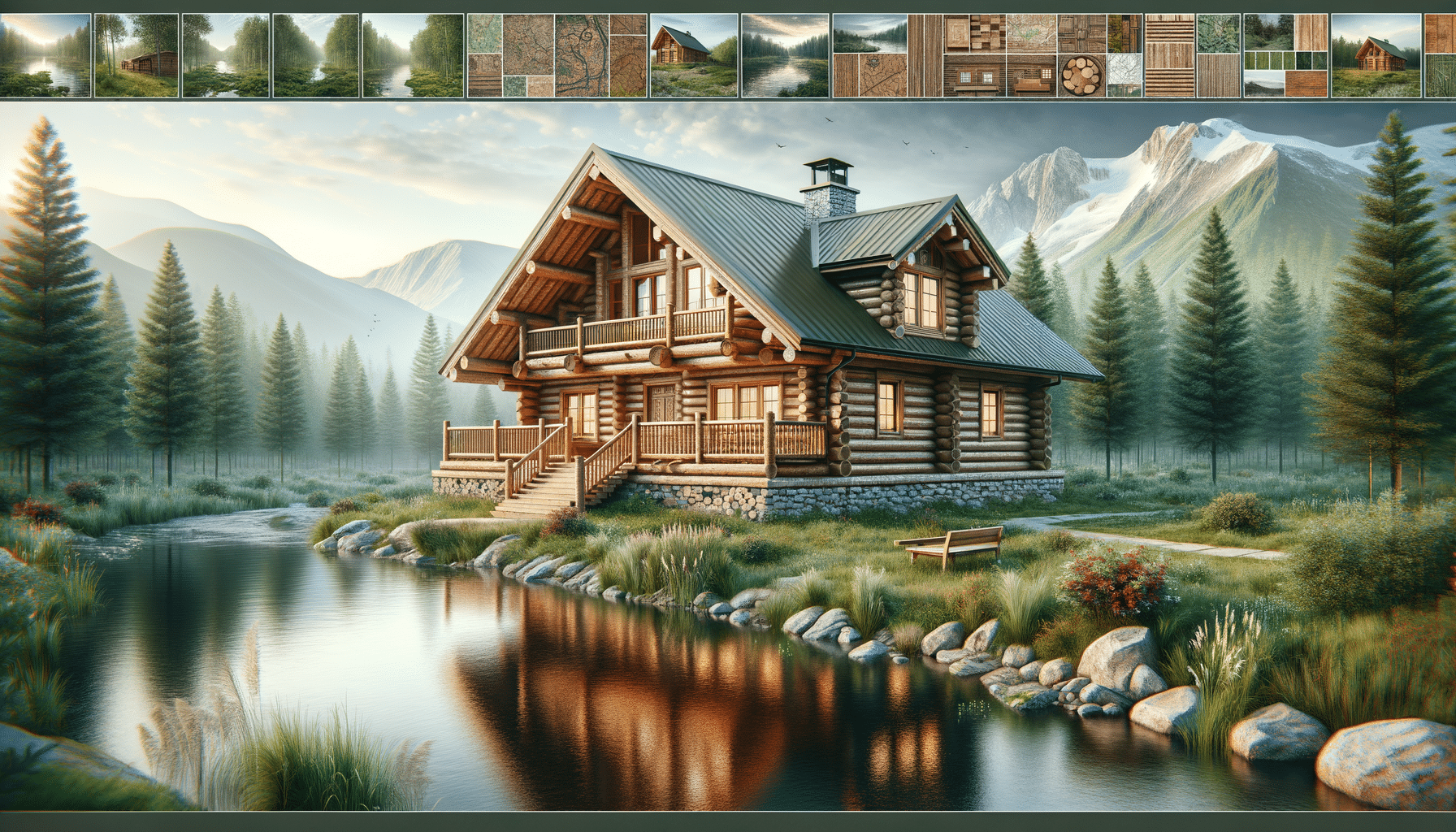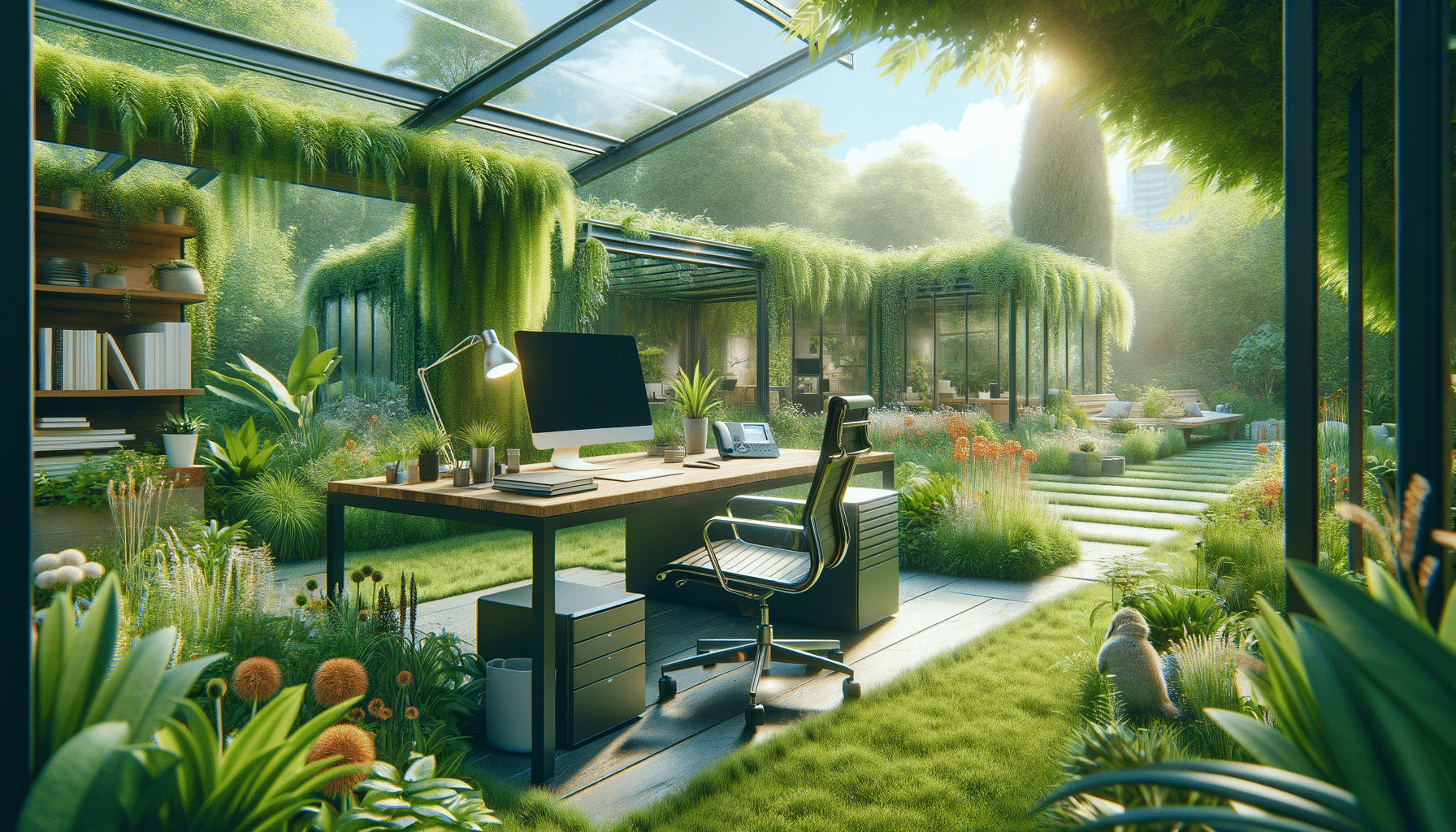
Exploring the Charm and Versatility of Log Cabins
Historical Significance of Log Cabins
Log cabins have a rich history that dates back centuries, playing a crucial role in the development of many societies. Originally, they were the homes of settlers and pioneers, providing shelter in the wilderness. The construction of log cabins is deeply rooted in the traditions of Scandinavia and Eastern Europe, where the abundance of forests made timber a readily available building material. As settlers moved to North America, they brought these building techniques with them, adapting them to new environments and resources.
The historical significance of log cabins is not just limited to their construction. They have become symbols of simplicity and self-sufficiency, representing a way of life that values harmony with nature. This symbolism has been romanticized in literature and media, often depicted as cozy retreats nestled in the woods. Today, many people are drawn to log cabins for their historical charm and the sense of nostalgia they evoke.
Key historical points include:
- Origins in Scandinavia and Eastern Europe: Log cabins have been used for centuries in regions with abundant forests.
- Adaptation by North American settlers: Pioneers used log cabins as practical shelters during expansion.
- Symbol of simplicity: Log cabins represent a connection to nature and a simpler way of life.
Construction Techniques and Materials
The construction of log cabins has evolved significantly over the years, incorporating both traditional methods and modern innovations. The primary material used in building log cabins is timber, chosen for its durability and natural insulating properties. The type of wood can vary depending on the region, with common choices including pine, cedar, and spruce.
Traditional log cabin construction involves stacking logs horizontally to form walls, with notches cut at the ends to interlock them securely. This method, known as the “saddle-notch” technique, provides stability and weather resistance. Modern log cabins may use milled logs, which are uniform in size and shape, allowing for more precise construction and a tighter fit between logs.
In recent years, there has been a shift towards using sustainable and eco-friendly materials in log cabin construction. Reclaimed wood and engineered logs are becoming popular choices, as they reduce the environmental impact of logging. Additionally, advances in insulation and sealing techniques have improved the energy efficiency of log cabins, making them more comfortable and cost-effective to maintain.
Important construction aspects include:
- Timber selection: Pine, cedar, and spruce are popular choices for their durability.
- Saddle-notch technique: Traditional method for interlocking logs securely.
- Eco-friendly materials: Use of reclaimed wood and engineered logs for sustainability.
Modern Uses and Applications
Log cabins have transcended their humble beginnings to become versatile structures used for a variety of purposes. While they are still popular as vacation homes and weekend retreats, many people are choosing log cabins as their primary residences. The rustic charm and natural aesthetics of log cabins make them appealing to those seeking a unique and cozy living environment.
In addition to residential use, log cabins are increasingly being utilized for commercial purposes. They serve as charming bed-and-breakfasts, rustic lodges, and even office spaces. The flexibility of log cabin design allows for customization to suit specific needs, whether it’s adding modern amenities or creating an open floor plan.
The appeal of log cabins extends beyond aesthetics. Their natural insulation properties make them energy efficient, reducing heating and cooling costs. Furthermore, the use of sustainable materials aligns with the growing trend of eco-conscious living. As a result, log cabins are not only a practical choice but also a statement of environmental responsibility.
Modern applications include:
- Primary residences: Increasingly chosen for their unique charm and aesthetics.
- Commercial use: Popular as bed-and-breakfasts, lodges, and office spaces.
- Energy efficiency: Natural insulation reduces energy costs.
Design and Aesthetic Appeal
The design of log cabins has evolved to incorporate a wide range of styles, from traditional rustic to modern minimalist. This versatility allows homeowners to create a space that reflects their personal taste while maintaining the inherent charm of a log structure. The use of natural materials such as wood and stone enhances the aesthetic appeal, creating a warm and inviting atmosphere.
One of the key features of log cabin design is the emphasis on open spaces and natural light. Large windows and open floor plans are common, allowing for a seamless connection between the interior and the surrounding landscape. This design philosophy not only enhances the visual appeal but also promotes a sense of tranquility and relaxation.
Customization is another important aspect of log cabin design. Homeowners can choose from a variety of finishes, fixtures, and layouts to create a space that suits their lifestyle. Whether it’s a cozy one-room cabin or a sprawling multi-level home, the possibilities are endless. This flexibility makes log cabins an attractive option for those looking to create a personalized retreat.
Design highlights include:
- Versatile styles: From rustic to modern, log cabins offer diverse design options.
- Open spaces and natural light: Emphasis on large windows and open floor plans.
- Customization potential: Endless possibilities for finishes, fixtures, and layouts.
Challenges and Considerations
While log cabins offer numerous benefits, there are also challenges and considerations to keep in mind. One of the primary concerns is maintenance. Wood is a natural material that requires regular upkeep to prevent issues such as rot, insect infestations, and weathering. Proper sealing and staining are essential to protect the logs and extend the lifespan of the cabin.
Another consideration is the initial cost of construction. While log cabins can be cost-effective in the long run due to their energy efficiency, the upfront investment can be higher compared to traditional homes. This is due to the specialized construction techniques and materials required. However, many homeowners find that the unique benefits and aesthetic appeal justify the investment.
Location is also an important factor to consider. Log cabins are often situated in remote or rural areas, which can offer privacy and stunning views but may also present challenges such as limited access to utilities and services. It’s important to carefully evaluate the site and plan for any additional infrastructure needs.
Key challenges include:
- Maintenance requirements: Regular upkeep is necessary to prevent rot and insect damage.
- Initial construction cost: Higher upfront investment due to specialized materials and techniques.
- Location considerations: Remote locations may require additional infrastructure planning.

